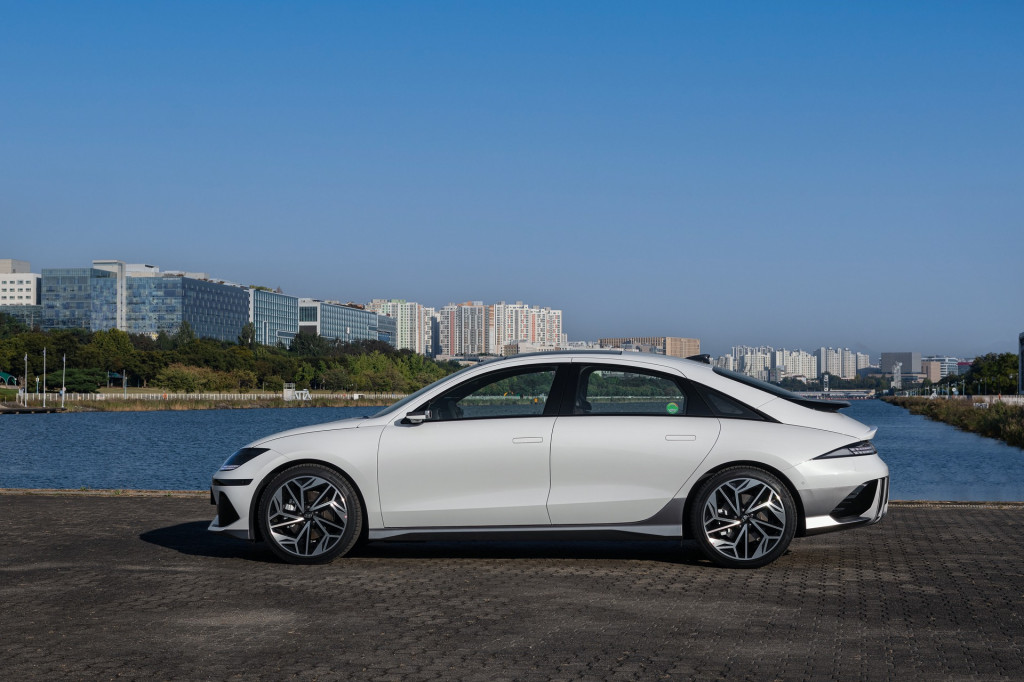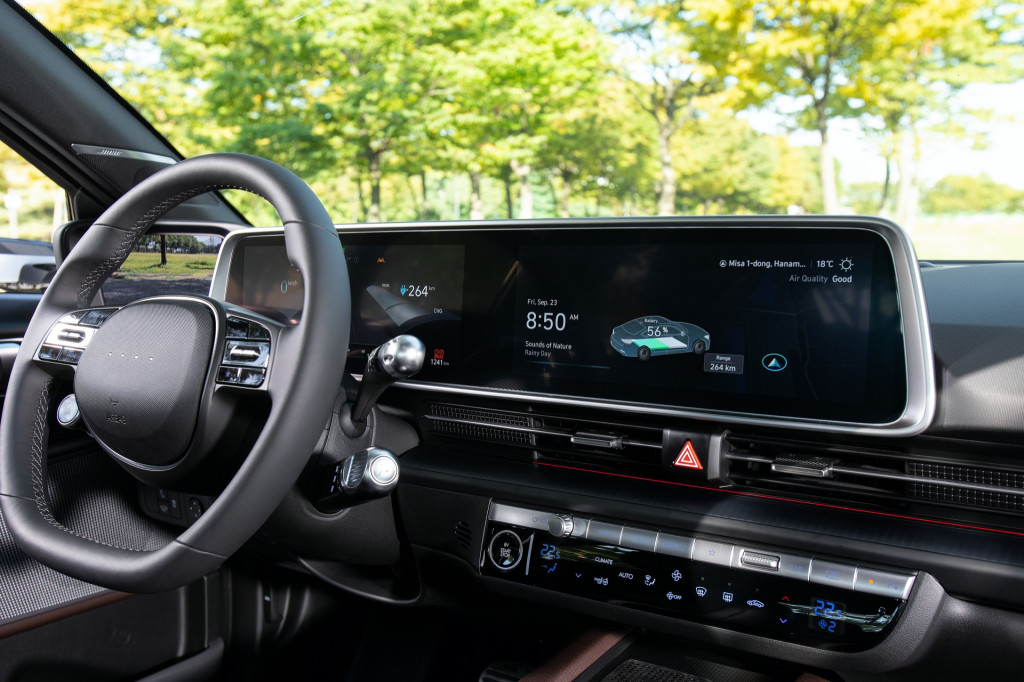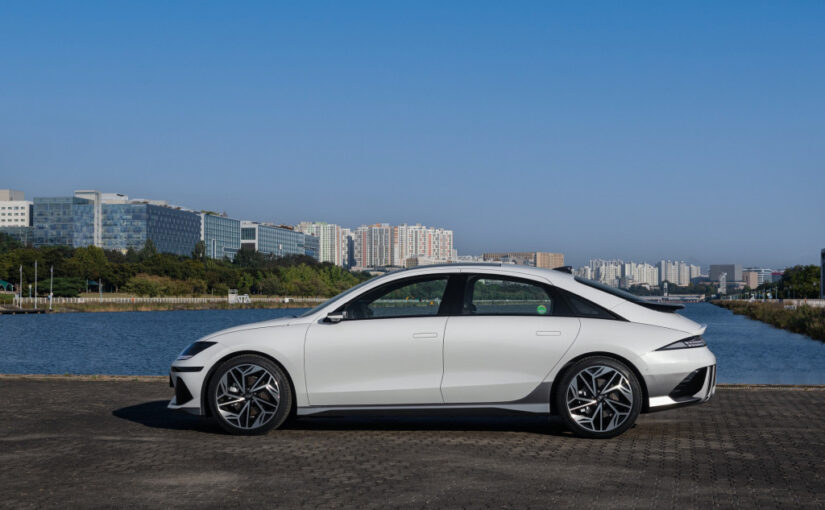The car sector is playing catch-up to Tesla on over-the-air software program updates and upgrades, and currently Hyundai, Kia, and also Genesis are offseting wasted time.
On Tuesday in Korea, Hyundai introduced its next-generation linked auto os and also next-generation EV skateboard, and also talked advances in over-the-air (OTA) software program updates.
Light on details as well as big on promises, the Korean automaker is intending to produce fully linked autos that will allow owners to purchase new features over the air after the first acquisition.

2023 Hyundai Ioniq 6 Ioniq 6 kicks off Hyundai’s next-generation linked cars and truck By 2025 Hyundai stated all its EV and also gas designs, consisting of
those made by Kia and also Genesis, will certainly provide over-the-air update capacities. But not every model will have the very same degree of assimilation when it pertains to software application updates. Existing models such as the electric Hyundai Ioniq 5 and also Kia EV6 were too far along in their growth to include deep firmware combination upgrade abilities, according to Hyundai spokesperson Miles Johnson. The very first design to feature firmware-level over-the-air(OTA )update abilities will be the 2023 Hyundai Ioniq 6, which is based upon the same E-GMP system as the Ioniq 5 as well as EV6
. However software and hardware distinctions due to development cycles will certainly make it possible for much deeper integration of software application upgradability. Johnson informed Motor Authority the firmware updates will extend to vehicle powertrain parts, consisting of but not restricted to regulate devices, electric motors, power steering systems, as well as digital security control systems. OTAs will certainly even be able adjustment velocity and also various other driving attributes. Hyundai Seven principle OTAs concerning next-generation EV platforms Future Hyundais will certainly ride on next-generation EV platforms that will feature an incorporated software controller that the business will certainly have the ability to gain access to with OTAs. Said to get here in 2025, the new systems will be known as EM and ES based upon the team’s Integrated Modular Architecture(IMA)revealed in March. A key element of the IMA will certainly be standardization of components, consisting of the battery pack, 5 sorts of motors, and chassis parts. The EM platform is being developed to underpin EVs throughout all sectors, and Hyundai said it will certainly supply
a 50% range boost contrasted to today’s EVs. The
2023 Hyundai Ioniq 5 has an EPA rating of 303 miles in its most effective type. The platform will certainly support Level 3 or higher self-governing driving innovation. The ES system is under growth specifically for purpose-built cars with a versatile framework that is aimed at business-to-business needs. Hyundai claimed it will certainly be capable of making custom-made automobiles for shipment, logistics, and also car-hailing firms. The future? Functions on demand Hyundai is planning for
connected cars to be a new resource of profits with Feature-on-Demand(FOD)services rolling out in 2023. The automaker stated clients will certainly have the ability to buy functions and also attributes for their vehicles over the air. Plans require clients to have the ability to remotely update the efficiency as well as performance of their vehicles anywhere any time without a journey to the dealer. Updates will certainly be continuous. The car manufacturer didn’t respond at the time of posting
regarding what sort of features and also attributes will certainly be offered through FOD, or whether these will certainly be single charges or subscription-based.
2023 Hyundai Ioniq 6 Next-generation os baked into new architecture Hyundai’s new operating system will certainly be dubbed the Connected Car Operating System(CCOS ). The car manufacturer is creating it inside,

though it’s vague what happens if any outdoors os will work as the backbone. The car manufacturer is collaborating with Nvidia and the using tech titan’s Nvidia Drive semiconductor system. Like Volvo, Hyundai intends to integrate electronic cameras, radar units, as well as lidar systems into its future vehicles and also feed all the data into the CCOS. Hyundai hasn’t said who will give the lidar equipment
. Volvo is sourcing its lidar systems from Luminar. Hyundai also hasn’t stated whether the CCOS will certainly work with or function Apple CarPlay and Android Auto combination.
For GREAT deals on a new or used Chrysler, Dodge, Jeep or RAM check out Sumter Chrysler Dodge Jeep RAM TODAY!
